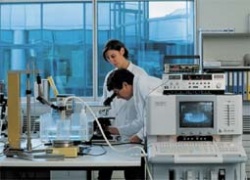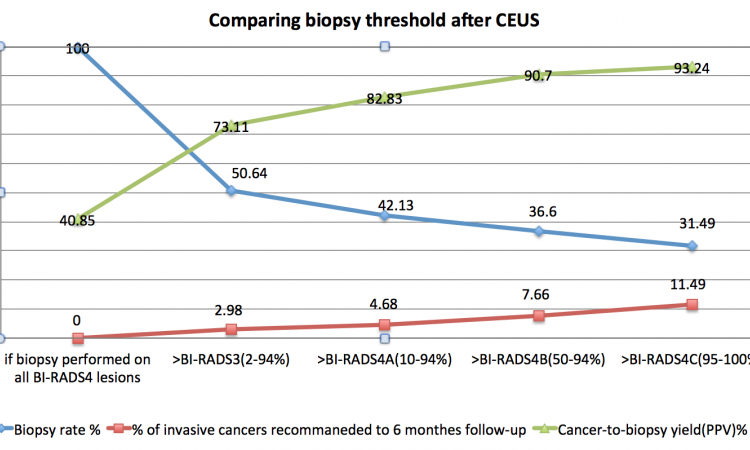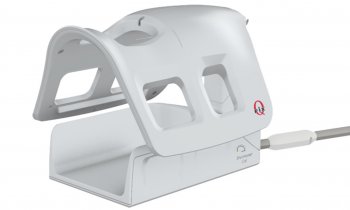Contrast agents
Generating targeting agents for diagnostics, prognostics and radiotherapy, by designing biochemically specific elements in contrast agents to be the targeting molecules attached to and carrying diagnostic or radiotherapeutic molecules to abnormal cells.

Molecular medicine is arriving as a blizzard of new genes and their proteins. (Each gene instructs a cell to produce or ‘express’ a protein. Abnormal cells are those whose genes are over or under-expressing a protein, or expressing an abnormal protein. The sheer number of newly discovered genes and proteins will almost guarantee an ever more detailed understanding of human biology and disease, and lead to many new drug molecules that interact with the new entities, and increasingly interact specifically with only abnormally operating cells. In most cases there will be multiple new drugs that work specifically on smaller subsets of diseased individuals.
Wherever regionally defined biochemical information is useful, there will be fertile ground for new imaging agents, for it is regionally sorted information, obtained non-invasively, that is the strength of in vivo medical imaging. Imaging pharmaceuticals of the future will yield regional protein expression - regional proteomics. Nuclear medicine (NM) already has proven ability to image regional protein expression, for example, using Positron Emission Tomography (PET) to find highly metabolic metastases in many cancers. ‘Targeted biochemical imaging’ will also be crucial to predicting the outcome of biochemically specific therapeutic interventions. While diagnostics - finding a disease - will be greatly assisted by highly anatomical imaging modalities like MRI and X-ray CT, characterizing the disease through protein expression imaging will require extreme sensitivity, currently available with NM. Prognostics, rather than diagnostics, is a broader term for the future role of NM.
Ultrasound (US) can possibly cope with protein expression when the targets of the US imaging agent are accessible to the contrast agents, and there is a long-term possibility even for MRI agents. Current technology in these latter imaging modality’s agents restricts agents to large sizes and therefore to targets expressed inside blood vessels. NM agents can be made very small, to pass through blood vessel walls and they can then access abnormal cells other than those contacting the blood - and most abnormal cells are of that type.
Bracco Research USA Inc, focuses on generation of targeting agents for diagnostics, prognostics and radiotherapy, by designing and producing biochemically specific elements of NM, MRI and US contrast agents. These biochemical elements are the novel targeting molecules that are attached to and carry diagnostic or radiotherapeutic molecules to abnormal cells. For example, a radioactive targeting molecule ‘homes in’ by attaching specifically to the abnormal proteins expressed only by the abnormal cell, carrying the radioactive element with it.
Nuclear Medicine includes both diagnostics/prognostics and targeted radiotherapy. This latter technology is a new variant of the most common cancer radiotherapy - a radioactive beam directed at whole segments of the body. Targeted radiotherapy delivers the radiation more specifically to the target by combining a targeting molecule with a radioactive element that emits a killing radiation, and injecting this new molecule as a drug. The technology involved in both forms of NM, diagnosis/prognosis and radiotherapy, is intimately related.
Bracco has many years of experience in the necessary arts and sciences, numerous renowned experts and PhD level scientists, and has established critical collaborations with other companies to enhance its capabilities and opportunities in this area.
Source: Bracco Research USA Inc
07.08.2006
- CT (603)
- imaging (1629)
- medication (528)
- molecular (205)
- MRI (827)
- nuclear medicine (126)
- PET/CT (184)
- radiation therapy (177)
- ultrasound (763)











